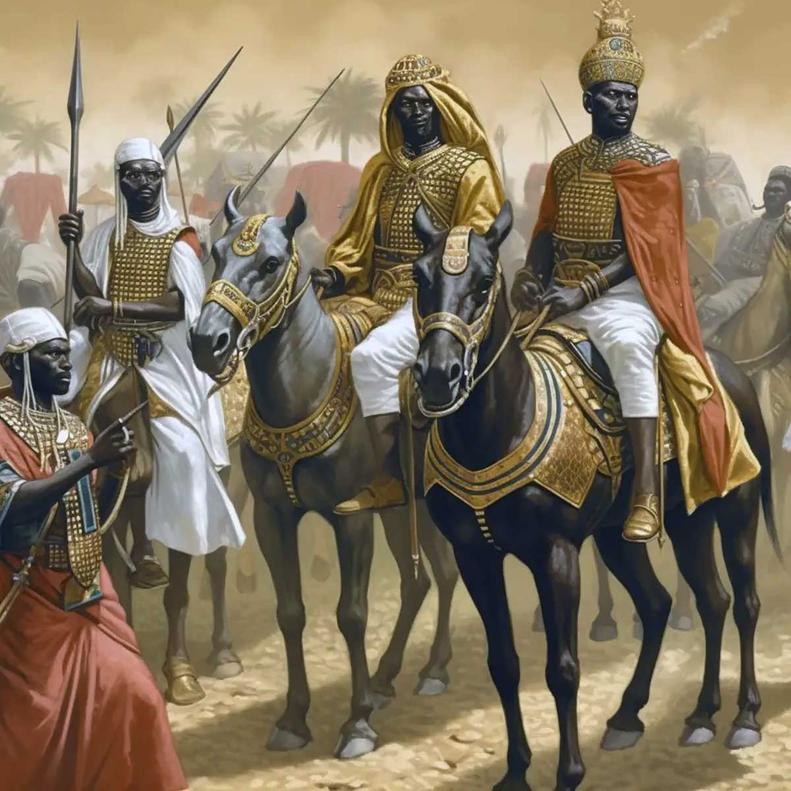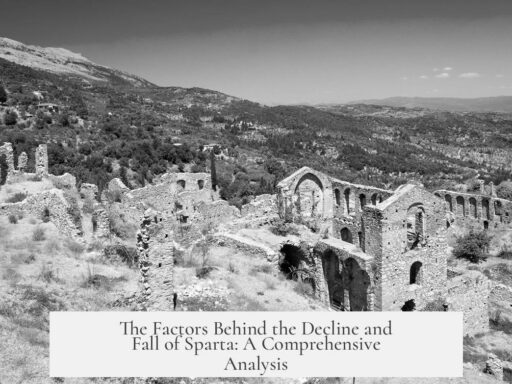The statement “empires actually only last 250 years” lacks historical merit and is not supported by serious scholarship. This idea originates from Arnold J. Toynbee and was popularized by Glubb Pasha in his work “The Fate of Empires.” However, historians reject it as a simplistic generalization with arbitrary timelines and inconsistent criteria.

The 250-year rule is not a rigorous historical principle. Glubb’s selection of start and end dates is highly subjective, chosen to fit the 250-year framework rather than an accurate reflection of empire lifespans. For example, his division of the Roman Republic and Roman Empire into separate empires is misleading and historically unsound. The Roman Republic transitioned gradually into the Roman Empire without a clear cutoff point that supports his rigid timeline.
Moreover, Glubb’s determination of “fall” dates varies widely in meaning. The fall of Romanov Russia in 1916 is tied to the downfall of the dynasty, whereas the Ottoman Empire is controversially marked as falling in 1570 due to the Battle of Lepanto. Yet the Ottomans continued to expand and reconquer territories in the 17th century. This inconsistency highlights the arbitrary and unclear way “fall” is defined.

The timeline misrepresents historical facts and neglects complexity. For instance, if Glubb applied his own logic properly, the Ottoman Empire’s end would be placed around 1922, coinciding with the official dissolution, not the mid-16th-century event. Similarly, he incorrectly dates the start of the Russian Empire under Peter the Great, affecting the overall length calculation.
Glubb’s theory has felt a lasting cultural impact, not because of rigorous academic acceptance but due to its easy consumption online and appeal to contemporary anxieties about empire longevity. It is more pop history than established fact.

- The 250-year lifespan of empires is a simplistic, unsupported rule.
- Dates and definitions used to support it are arbitrary and inconsistent.
- Empires vary significantly in duration and nature; no universal lifespan exists.
- Historians treat this notion skeptically, focusing on complex, nuanced histories.
Is There Any Merit to the Statement “Empires Actually Only Last 250 Years”?
Short answer: No. The idea that empires only last 250 years is more of a myth than a historical fact. This “250-year rule” isn’t part of serious historical study. It’s a catchy notion, but one that doesn’t hold up under scrutiny.

Why do people say this? The claim mostly comes from a mid-20th-century essay by British general John Glubb, who suggested that empires follow a predictable life cycle lasting around 250 years. Sounds neat and tidy, right? Like the universe has a secret stopwatch for powerful nations. But reality loves to mess with tidy ideas.
So, what’s wrong with the 250-year theory? Let’s dig in.
Glubb’s Arbitrary Dates: Picking and Choosing History
First, Glubb’s dates are chosen with an intriguing—and somewhat questionable—logic. He splits large, complex empires into smaller chunks to fit his timeline. Consider the Roman Republic and Roman Empire. Glubb treats them as separate empires, artificially slicing history. This approach lets him cherry-pick start and end points that fit the “250-year” framework.
- A Reddit historian, u/XenophontheAthenian, points out that this division is not only nonsensical but obscures the real ebb and flow of Roman history.
- Putting it bluntly—Glubb’s example dates feel arbitrary. He seems to tailor history’s timeline like a bespoke suit.
To put it plainly, when you try to force history’s complex story into a neat 250-year box, you end up distorting facts.
Applying “Fall” Dates Inconsistently
Another snag: Glubb’s dates for when empires “fall” mean very different things depending on the empire.
- For Romanov Russia, he states the fall as 1916-ish, right before the 1917 revolution. This might be fair enough.
- However, for the Ottoman Empire, he picks 1570, centered around the Battle of Lepanto in 1571, as the empire’s “fall.”
But hold on—Ottomans kept conquering after Lepanto. They reconquered territory lost to the Safavids and took Crete in 1645. Decline is a process, not a single event. Saying the empire fell in 1570 is misleading.
Even more, if Glubb applied the same logic consistently that he did with the Romanovs, the Ottoman Empire’s fall would be 1922, after World War I officially ended the empire—not some arbitrary battle date centuries earlier.
Misrepresenting Historical Timelines
Glubb’s method stretches further than that. His starting points for empires can be just as shaky. For instance, he dates the Romanov Empire’s start to Peter the Great’s boyhood rather than coronation or actual founding of the empire. It’s a fuzzy moment in time, not a clear “go” point.
With timelines this flexible, it’s no wonder the 250-year claim looks neat but doesn’t truly match historical patterns.
Is This Pop History or Real History?
The Fate of Empires, Glubb’s essay, isn’t a heavyweight among historians. It is sometimes dismissed as pop history or a forgotten work that gained popularity online. Its appeal is largely because it matches current anxieties—like wondering if our modern “empire” (anyone thinking about global superpowers here?) is on a ticking clock.
But, history is less predictable than a sitcom’s episode schedule. Empires rise and fall based on countless factors—economics, military innovation, political stability, leadership, culture, and yes, even luck.
Why Does This Idea Stick Around?
Humans love patterns. They crave certainty in an uncertain world. The 250-year empire life span is a tidy pattern that seems to explain complex history. But just because it fits our need for order doesn’t make it true.
And here’s the kicker: many empires lasted centuries longer or shorter than 250 years. Some barely made a century; others ruled for over 700 years. For example, the Byzantine Empire lasted over 1,100 years, far exceeding 250 years. The Mongol Empire rose and shattered in less than a century. This variety shatters the myth once and for all.
So What Should We Take Away?
Instead of buying the 250-year empire lifespan, it’s smarter to understand empires as dynamic, complex entities. They don’t have a fixed runtime. They respond to pressures both within and beyond their control.
That means factors like leadership quality, economic vitality, military strength, social cohesion, and external threats shape their longevity far more than some arbitrary number.
Practical Tip for History Buffs and Curious Minds
When you hear a “rule” about history, like the 250-year empire claim, consider:
- Who proposed the idea? Are they a serious historian or writing pop history?
- Does the data fit all examples, or are exceptions messy and common?
- Are key dates and events arbitrarily picked to fit a neat narrative?
- What factors might explain variations in timelines?
This helps you avoid accepting neat but inaccurate generalizations.
In Conclusion: Historical Complexity Beats Simplistic Rules
Empires don’t come with expiration dates. The “250-year rule” is a catchy myth, not a proven law. It simplifies diverse and rich histories into a single number that doesn’t capture the realities of political power and its complexities.
History teaches us that empires live, adapt, and evolve in unique and unpredictable ways. Trying to box them into neat 250-year lifespans makes a good story but a poor history lesson.
So next time someone drops the “empires only last 250 years” line, you’ll know: it’s a fun talking point, but history doesn’t play that game.
1. Is the “250-year rule” about empires based on solid historical evidence?
No, it is not. The 250-year duration is arbitrary and not supported by serious historians. The dates used to define this rule are selectively chosen and lack consistency.
2. How reliable are Glubb’s dates for the rise and fall of empires?
Glubb’s dates are highly arbitrary. He separates periods like the Roman Republic and Empire without clear rationale. Many of his examples do not follow a consistent or historically accepted timeline.
3. Do the fall dates of empires like the Ottomans and Romanovs match the 250-year idea?
No, they do not. For example, the Ottoman Empire continued to exist and even expand after the date Glubb picked for its fall. The Romanov timeline is also inconsistently applied.
4. Why is Glubb’s work still cited despite these problems?
Glubb’s book gained attention mostly because it addresses anxieties about decline and empire lifespan. It lives on online but is not considered a reliable historical source.




